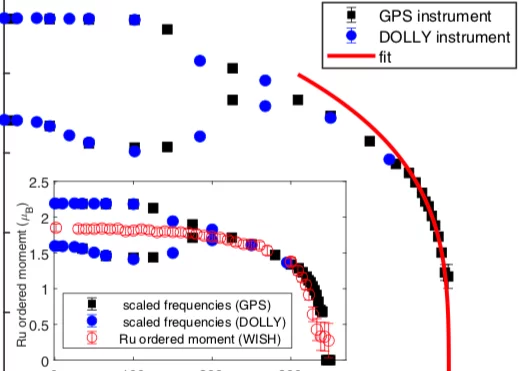The silver ruthenium oxide AgRuO3 consists of honeycomb Ru25+O62− layers and can be considered and can be considered an analogue of SrRu2O6 with a different intercalation. We present measurements of magnetic susceptibility and specific heat on AgRuO3 single crystals, which reveal a sharp antiferromagnetic transition at 342(3) K. The electrical transport in single crystals of AgRuO3 is determined by a combination of activated conduction over an intrinsic semiconducting gap of ≈100 meV and carriers trapped and thermally released from defects. From powder neutron diffraction data a Néel-type antiferromagnetic structure with the Ru moments along the c axis is derived. Raman spectroscopy on AgRuO3 single crystals and muon spin rotation spectroscopy on powder samples indicate a further weak phase transition or a crossover in the temperature range 125–200 K. The transition does not show up in the magnetic susceptibility, and its origin is argued to be related to defects but cannot be fully clarified. The experimental findings are complemented by density-functional-theory-based electronic structure calculations. It is found that the magnetism in AgRuO3 is similar to that in SrRu2O6, however, with stronger intralayer and weaker interlayer magnetic exchange interactions.
Facility: SμS
Reference: W. Schnelle et al, Physical Review B 103, 214413 (2021), Editor's suggestion
Read full article: here


